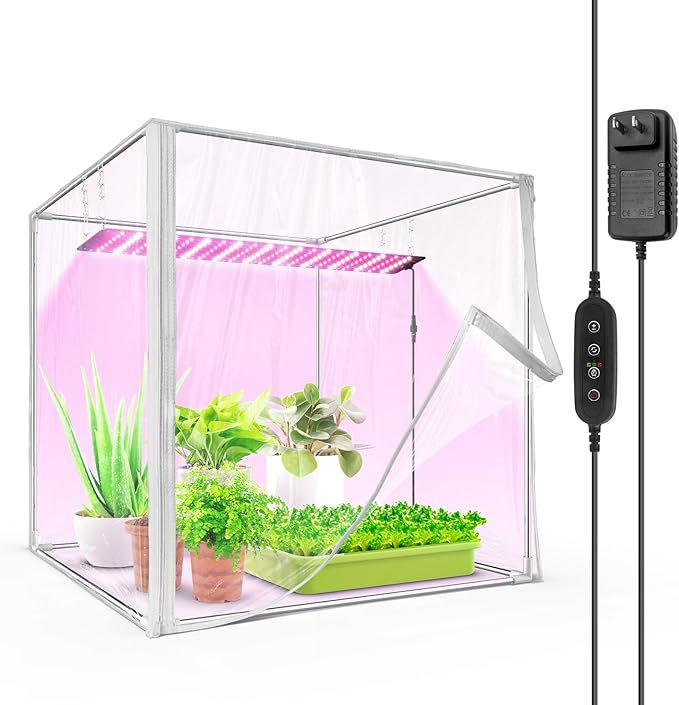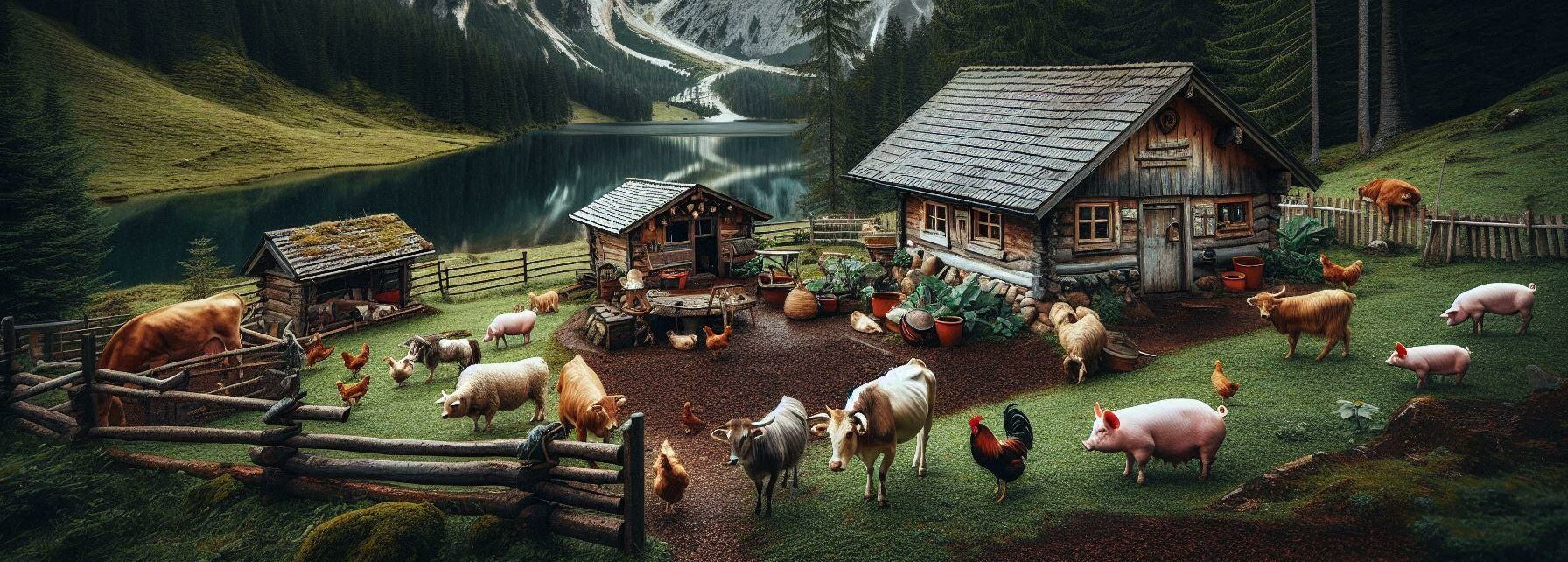Winter gardening isn’t some secret club or mystery art, honestly. It’s more like understanding your world just a bit better. Growing your vegetables in winter can be surprisingly rewarding both for the mind and the plate. This isn’t just about keeping a year-round supply of veggies; it’s about minimizing your grocery runs, adding a dash of color to a dull season, and yeah, saving some bucks too.
Climate zones are your first stop on this journey. They’re like your winter gardening GPS. If you’re kicking it in a milder winter zone, your veggie growing options just expanded! Each zone has its unique characteristics that’ll influence what you can plant. Finding your place in this gardening map can save you from wasted efforts and frozen greens.
The right spot for your garden—inside or out—depends on a few factors. Indoors, you can control lighting and temperature a bit more. But if you’re taking it outdoors, you’ll have to get cozy with some winter protection gear like cloches, cold frames, and tunnels. These are like little jackets or tents for your plants, keeping the chill away just enough to let them thrive.
Choosing your winter warriors, a.k.a. the vegetables ready to brave the cold, is equally crucial. Think along the lines of spinach, kale, and Brussels sprouts. They don’t mind a little frost. Also, root veggies like carrots and radishes are troopers that do well under the soil even when it’s chilly outside. Picking the right veggies is like knowing your team’s strengths—half the success right there!
Preparing Your Soil and Space: Setting the Foundation for Growth
Winter gardening kicks off with some good old getting your hands dirty—literally. Prepping your soil for those chilly months is like giving your veggies a warm, nutrient-rich blanket. A little compost addition works wonders to keep the soil lively and nutrients flowing. Aim for a mixture that’s rich in organic matter, which helps in retaining moisture when everything else wants to dry up.
Protecting your plants is key, and trust me, they need it when Jack Frost comes calling. Cold frames, cloches, and tunnels aren’t just fancy garden talk; they actually create a snug environment for your plants. Think of it as dressing in layers for the winter—layers made of protective covers that fend off frost while letting sunlight soak in. These add-ons are surprisingly DIY-friendly and pretty effective at keeping your garden from freezing over.
Below is a very nice raised garden bed that would be perfect to put in your cabin in a corner by a window. It even has 4 drainage holes which will keep the soil in good condition. JUST CLICK ON THE IMAGE TO TAKE A LOOK:
Drainage often goes unnoticed until you’ve got a problem and suddenly, it’s a disaster. In winter, you gotta keep that water moving or, more accurately, draining. If water gets all backed up, it can freeze and damage roots. Creating raised beds or gently sloping your plots ensures water won’t have the last laugh by turning your garden into an ice rink.
Indoor planting is fantastic when outdoor space or conditions fail you. Repurposing containers—be it an old bucket or that spare pot gathering dust—means you create a movable piece of garden. Ensure these makeshift homes have proper drainage. A little hole at the bottom does the trick. Place them where winter light is at its best, maybe by that sunny window ledge.
So, whether it’s outdoor innovation or indoor improvisation, getting your soil and space ready means more than just plants; it means setting the stage for success right from the get-go.
Planting Techniques and Maintenance: Crafting Your Winter Garden Routine
Once the groundwork is set, it’s time to get those seeds or seedlings into action. Timing can make or break your winter garden dreams. Sowing your seeds can be a test of patience, especially since daylight is short. Opt for hardy, winter-friendly veggies that can still find their groove even when the sun plays hooky.
Watering your winter garden is slightly different from your typical scenarios. Less warmth means less evaporation, so the soil stays wet longer. Keep an eye on humidity levels and adjust your watering schedule. Overwatering in cold weather can be a sure way to trouble. The right balance ensures you’re nourishing, not drowning, those greens.
Below is another idea for growing vegetables inside. It is a mini green house with a grow light. TAKE A LOOK BY CLICKING ON THE PICTURE.
Light is at a premium during winter, and that’s putting it mildly. Maximizing exposure means being strategic with your plant’s position. South-facing windows indoors can be precious real estate for your vegetable pots. Outdoors, anything that provides uninterrupted sunlight, even for a few hours, is your garden’s best friend.
Developing plant buddy systems, like companion planting, in winter can help preserve your garden’s health. Pairing plants that work well together isn’t just a summer activity—companion planting can keep pests at bay, enrich the soil, and make sure your vegetables thrive in the cooler months. A buddy system for plants isn’t a myth; it’s practical and helps maintain a balanced ecosystem.
Harvesting and Storing Winter Vegetables: Maximize Your Produce Enjoyment
In winter, patience really pays off. The cold draws out unique flavors in your crops, making your harvest tastier than you’d expect. Identifying the right time to pick your veggies is crucial. Many winter greens improve in flavor with a little frost, so don’t rush to harvest at the first chill.
Winter vegetables, especially root types like carrots and parsnips, can be a bit tricky in terms of storage. Ideal storage conditions mimic a cold and humid place, like an insulated basement or a root cellar if you’re lucky to have one. They can keep for longer if placed in a cool, dark environment away from moisture buildup.
Understanding the unique flavor profiles of winter produce enhances your meals and delights your taste buds. Instead of just boiling or steaming those cabbages or Brussels sprouts, try roasting them with a hint of olive oil and herbs. It brings out the natural sweetness and makes them a star at the dining table.
No garden endeavor is without its challenges, though. Winter gardening has its own set of puzzles like frost damage or low yield issues. Troubleshooting involves being observant and learning from each season. Each mistake leads to better methods in the future, making winter gardening a continually evolving project.







